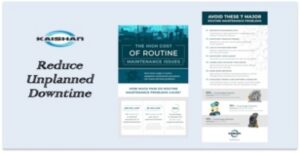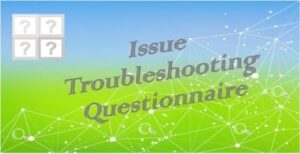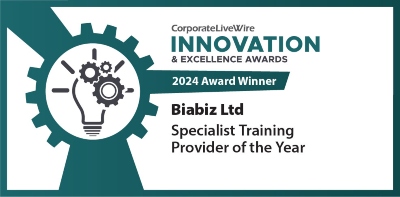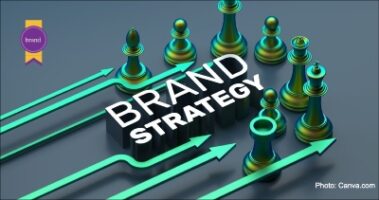Organisation Structure Explained
Are you evolving your organisation structure to keep pace with strategy, to accommodate changes in the business, to deliver on objectives, to optimise the use of resources and to enhance the company culture?
To design an effective structure you need to understand the company strategy and operating processes including roles, responsibilities and workflows.
An effective structure provides the framework that enables all levels of your organisation to deliver on objectives. Structure is about the roles, the people in the roles and the links between roles.
Defining your optimal structure can be challenging. It involves asking the right questions on what your structure needs to deliver. This helps you to specify your design criteria. Learn more on my training video and by working through my example questions below and by downloading my free Organisation Structure Questionnaire
Let’s have a look at some important questions to ask as you challenge your structure.
Strategy
Structure underpins strategy and accelerates delivery:
- Have you defined what you need your structure to deliver?
- Are you delivering effectively on both operations and strategy?
Strategy and day to day operations operate at different rhythms and often compete for resources, with operations usually winning out. Build capacity, capability and responsibility for both operations and strategy into your structure to ensure you deliver on both.
The Customer
- Have you looked at your structure from the customers perspective?
- Is your structure visible to the customer?
- Are your points of contact clear and does your structure make it easy for your customer to do business with you?
- Does your structure support the management of different customer requirements? Differing customer requirements is very often the norm and it can be challenging to be efficient. Build flexibility into your structure.
- Have you defined the activities that provide value for each of your customers? Apply lean principles to your customer process flows, identifying value add activities for each customer process.
New Business
- Is your structure flexible enough to integrate new initiatives and new business?
- Are you set up to manage growth?
The people in your organisation who deliver results, are very often the ones who are assigned new tasks, even if there isn’t a good fit with their role or they are already very stretched. As new initiatives and new business come in to your organisation, take the time to stand back and assess your structure to see where the activities best fit and what changes can be made to your structure to accommodate these effectively.
Learning & Growth
- Have you built in capacity for learning, growth and succession? The more capable your people are, the more efficient and effective your organisation will be.
- Does your structure make the best use of available skills and competencies? Have you mapped the available skills and competencies in your organisation against those needed to deliver your strategy and your day to day operations.
Roles & Responsibilities
- Are the roles in your structure clear?
- Do people know what is expected of them?
- Have interdependencies and linkages between roles been identified?
- Have responsibilities and hand-offs been clarified?
- Have processes been mapped, steps been clarified and responsibilities been assigned?
Very often where things fall down is the boundaries between jobs or because hand-offs or responsibilities aren’t clear. Identify and address overlaps so you don’t have two people responsible for the same thing and clearly assign responsibility for all critical tasks. Lack of clarity leads to reduced productivity and can often lead to conflict.
Cross Functional Working
- Does your structure support cross-functional working?
- Do you leveraging cross-functional skills as a means building capability in your team?
- Are function agendas aligned? Have you identified disconnects?
As you design your structure build in mechanisms for cross-functional working.
Collaboration
Be sure to involve your team and your key stakeholders in the design process
Translating Design Criteria to Structure
Moving from design criteria to a final structure involves a number of key steps
- Document the overall role of the function using your design criteria, your operating requirements and your strategy as inputs.
- Decide whether you will design your structure around your customers, geographies or core processes.
- Group all like tasks into roles, so there is a logical division of workload. A good fit of activities in a role drives efficiency. There may be trade offs as you look at the best fit of activities, clarify these trade-offs and ensure they don’t affect delivery of objectives.
- Establish the number of head-counts needed for each role (this may require time studies). In large organisations there may be a number of people doing a similar role. In a small organisation people very often have many different roles.
- Write a job description for each role type. Where possible build in variety, learning and job enrichment. To learn more about job descriptions check out my Job Descriptions Tutorial
- On completion of the role types and job descriptions, design a structure that effectively accommodates roles into logical cohesive units, keeping like roles in a group or team. Ideally have no more than 6-8 direct reports per team leader.
Designing and evolving your structure to keep pace with strategy and change is a core skill for managers and leaders. Have you taken the time to build these skills?
Download a copy of the Organisation Structure Questionnaire to help specify design criteria for your structure.
Additional People Management Resources
- Job Description Tutorial
- Career Assessment Guide
- A Guide to Performance Management for People Managers
- Write Employee Objectives Tutorial
- Evaluate Employee Performance Tutorial
- Manage Poor Performance Tutorial
- Give Feedback Tutorial
- Talent Management Infographic
- Personal Development Training
- Management Development Training






